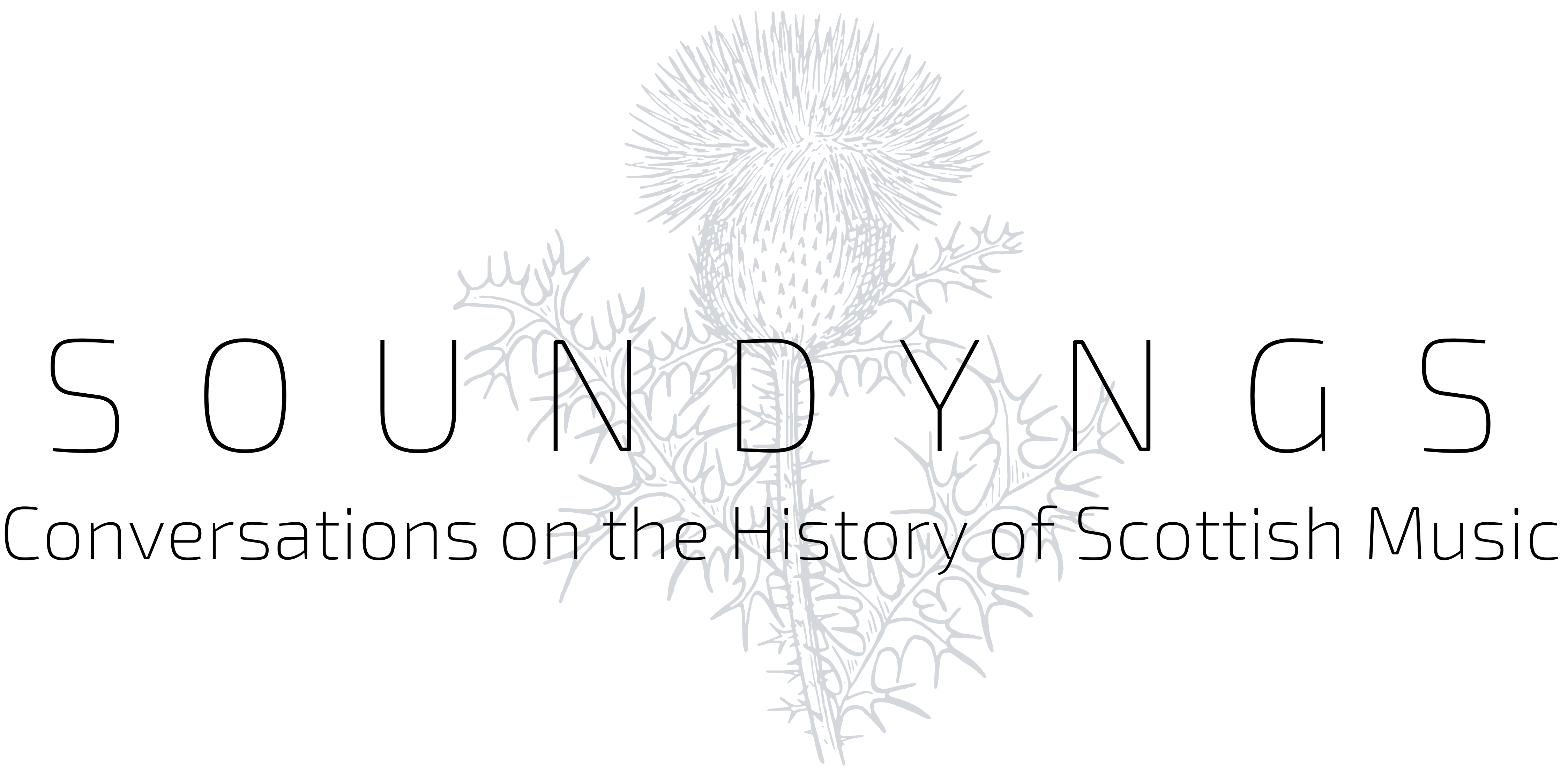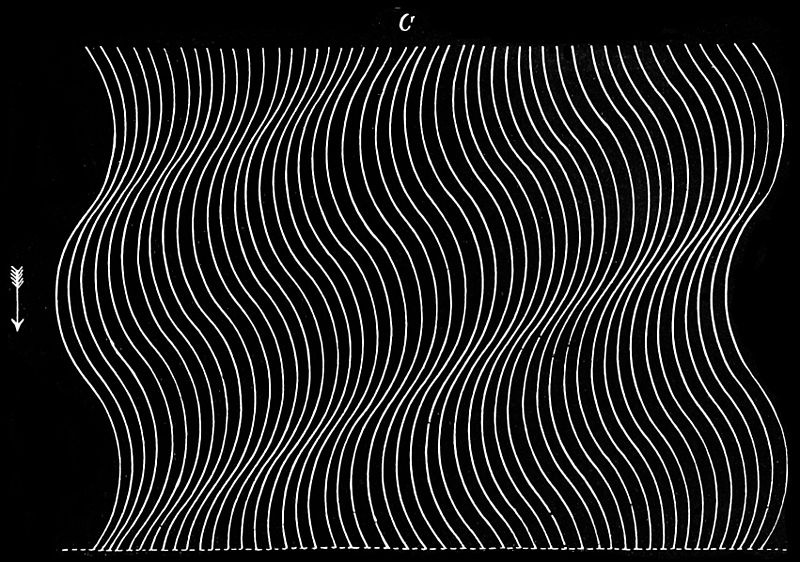“Archaeoacoustics” is the name of relatively new field of interdisciplinary studies which – as the name suggests – combines archaeology with an interest in investigating the historic ‘soundscape’ of particular places.
Research uses sound recording alongside historical and archaeological skills. Modern computer game technology in some cases assists researchers to translate their findings into virtual reality simulations, accessible to lay people. Insights help us to understand how people in the past experienced music and sound more generally, in specific locations.
These exercises in ‘acoustemology’ – a term coined by Social Anthropologist Steven Feld, describing how people use sound in their experience of the world around them – are helping us to imagine how music might have been experienced in Scotland before modern recording.
This post highlights some recent projects working in this area, separated by many centuries. Any one of these deserves a longer dedicated post!
18th Century Edinburgh Pub Music
A team from Edinburgh University is exploring how the Edinburgh Musick Club might have sounded in a noisy pub, using field data from the Old Assembly Close and the White Hart Inn. Before St Cecilia’s Hall was built as a purpose-built space for chamber music in 1762, Edinburgh music lovers met and played in a variety of noisier public places, and the experience would have been more like a modern folk or open mic session than a formal ‘concert’. The article link takes you to a description of this work by 18th century researcher Elizabeth Ford.
Recreating Robert Carver’s Music at Linlithgow Palace
Working with Historic Scotland, James Cook of Edinburgh University has led a combined team from Edinburgh, Birmingham and Melbourne in reconstructing how Renaissance music by Robert Carver might have sounded like in Linlithgow Palace. As with the work on 18th century Edinburgh, recordings used new techniques to capture the spatial characteristics of the sound. Here, virtual reality technology further combined the sound data with visual information gained from LIDAR scanning to position visitors in the historic space of one of Scotland’s most spectacular, if nowadays ruined, royal palaces.
The Wemyss Caves Auralisation Project
The Wemyss caves, on the south coast of Fife, contain carvings and wall art from the bronze age to modern times, showing evidence of human engagement in these fascinating spaces over many centuries. Recent conservation project work has included recordings taken in areas where the natural environment of the cave seems to concentrate sounds, and suggests that this resonance might have encouraged early peoples to use art (vision and sound) to engage in ritual spiritual practices. Acoustic work was led by Nicolas Green of Perth College, University of the Highlands and Islands.
Further Reading
James Cook, “Musical Time Machine Recreates Lost Performance”, Edinburgh University News, 2021
Steven Feld, ‘Acoustemology’, in Keywords in Sound ed. Novak, Sakakeeny et all, Duke University Press, 2015
Nicholas Green, ‘Wemyss Caves Auralisation Project’, chapter 8, Archaeoacoustics III, 2018, pp.71-79
Lelong, Badcock, and Davies, for the Save the Wemyss Ancient Caves Society, The Wemyss Caves, Fife: Conservation Management Plan, Northlight, 2021
Save Wemyss Ancient Caves Society homepage – bringing together professional and amateur expertise to conserve this unique space
SCAPE – working with the public to research, investigate, interpret and promote the archaeology of Scotland’s coast – not specifically musical, but includes interesting information about the Wemyss caves

